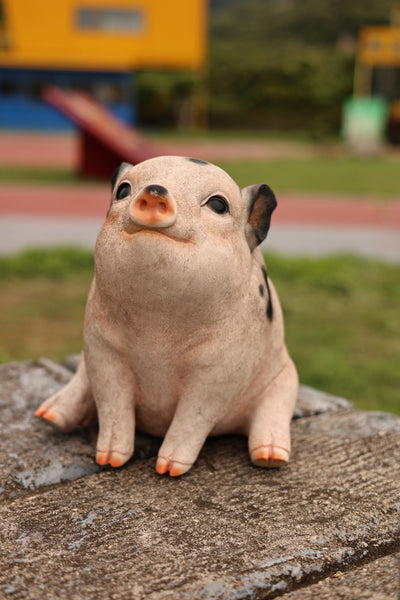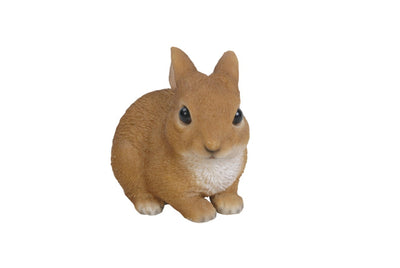How to Winterize a Bird Bath the Right Way (Without Cracking or Damage)
When the temperatures start to drop, your backyard décor needs a little extra care especially your bird bath. Many homeowners assume that bird baths can withstand winter just like garden statues or planters. But freezing temperatures can easily cause cracks, damage, or fading if they’re not properly winterized. Whether you own a ceramic, concrete, or resin bird bath, a few careful steps can help it last beautifully for years.

Product in Picture: Bird Bath Fountain With Warm White Leds
Why Winterizing Your Bird Bath Matters
When water freezes, it expands and that expansion can cause major damage. If water is left in your bird bath bowl during freezing conditions, the pressure can lead to cracks, chips, or even complete breakage. Beyond the structure itself, the finish or paint can also peel away due to moisture trapped in cold temperatures.

Taking time to winterize your bird bath doesn’t just protect your investment it keeps your garden looking well-maintained year-round. Plus, when spring arrives, you won’t have to deal with repairs or replacements before enjoying your outdoor space again.
Step 1: Empty and Clean Thoroughly
Before the frost sets in, start by emptying all the water from your bird bath. Use a soft brush and mild dish soap to remove dirt, algae, or bird droppings. Rinse it well to make sure there’s no residue left behind.
Avoid using harsh chemicals or pressure washers, as they can damage the surface or finish. A gentle hand wash is enough to preserve both appearance and durability.
Step 2: Inspect for Cracks or Weak Spots
Once your bird bath is dry, take a few minutes to check for hairline cracks or loose parts. Small cracks can expand quickly in freezing temperatures. You can repair minor damage using waterproof epoxy or sealant before winter hits.
If you notice larger breaks, consider storing the bird bath indoors for the season instead of leaving it outside. Fixing these issues early can extend the lifespan of your bird bath and maintain its visual charm.
Step 3: Decide Store or Leave It Out?
If you live in regions with harsh winters (like Northern U.S. or most of Canada), the safest option is to store your bird bath indoors. Move it to a shed, garage, or basement where it will be dry and protected.
If storage isn’t possible, you can leave it outdoors with proper precautions. Turn the bird bath upside down to prevent water from collecting in the bowl, or cover it with a weatherproof tarp or fountain cover. Lightweight resin bird baths are easier to move, while heavy concrete ones may stay put with added protection.
Step 4: Use a Bird Bath Heater (Optional but Helpful)
If you prefer to keep your bird bath operational throughout winter, invest in a bird bath heater. These devices keep the water temperature just above freezing, allowing birds to drink even on cold days.
Choose a heater that’s energy-efficient and safe for outdoor use. Make sure to read the manufacturer’s instructions carefully to avoid overheating or electrical hazards. This is especially helpful if you enjoy watching winter birds visit your garden.
Step 5: Protect the Base and Decorative Parts
Don’t forget about the base and pedestal. Wrap them in burlap or cover them with a waterproof material if you plan to leave them outside. If your bird bath has detachable components (like a removable top bowl), it’s best to store those parts indoors.
For concrete or stone bird baths, applying a clear water sealant before the first frost can provide an extra layer of defense against moisture absorption.
Step 6: Plan for Spring Setup
Once temperatures consistently stay above freezing, it’s time to bring your bird bath back outside. Before refilling it, clean it once more to remove any dust or debris accumulated during storage.
You can even refresh your setup by adding decorative stones, surrounding planters, or solar-powered lights from Hilinegift.com to give your outdoor space a renewed look for the new season.
Material-Specific Tips
- Ceramic Bird Baths: These are prone to cracking if left outside. Always store them indoors for winter.
- Concrete Bird Baths: Seal the surface annually before winter to prevent moisture damage.
- Resin or Polyresin Bird Baths: These are more weather-resistant but should still be drained and covered to avoid warping or discoloration.

Winterizing your bird bath is one of those small but meaningful steps that keeps your outdoor décor looking elegant year after year. A well-cared-for bird bath not only attracts beautiful feathered visitors but also adds timeless charm to your space even through the snow.
Take a few hours this fall to protect your bird bath from the cold, and you’ll thank yourself when spring returns and it’s ready to shine again.



















Leave a comment